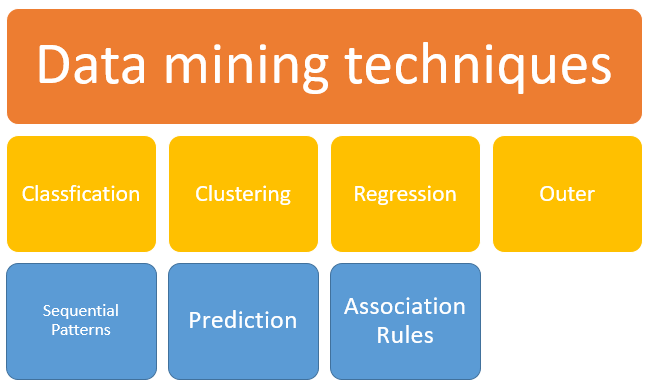What is data mining?
In this day and age, data is considered as currency. Business requires data, also Governments, and other institutions to make the right decisions at the right time. Now information is available abundantly. In large quantities, so you need to extract that data, which is useful for your decision making from that which is not, also you need to develop a relationship between data to make a logical solution. To do that, you need to learn data mining techniques.
Data mining techniques are processes to identify patterns in large sets of data. It is a multi-disciplinary skill that uses learning, statistics, Artificial Intelligence, and database technology. The results derived from this process helps in implementing marketing, understanding customers, and fraud detection.
Data mining techniques
To be successful in business, you must need to learn the following data mining techniques:
- Tracking patterns
One of the underlying data mining technique is identifying patterns in data sets. It is the recognition of the data which is repeated in the data sets at regular intervals. - Classification
It is considered one of the most basic techniques of data mining. In this analysis technique, you collect data and meta-data and classify that data into different categories and types. These categories or classes help you draw a further conclusion or use in some function, for example of classification of information is an applicant of loan can repay on time, repay late or declare bankruptcy. - Association rules and recommendation systems
This technique involves large databases with customers data who have conducted transactions in the association of the item they have purchased or “What goes with that” in other databases. The affinity analysis is designed to find general association patterns between items in large databases. - Clustering
The clustering technique is very similar to classification. In involves chunking data that is similar to each other. It helps in understanding similarities and differences in the data. - Regression
This analysis technique helps find the relationship between different variables. It helps in finding the likelihood of a variable in the presence of other variables. Regression is used for planning and modeling. - Prediction
This technique is used to project the type of data you would likely see in the future. This includes analyzing past data to predict future results. For example, a company bank credit history will help you in understanding the credit risk in the future. - Visualization
Visualization is a technique that graphically shows the relationship among data, such as dashboards. It is a dynamic and useful technique for streaming data in real-time. - Outlier detection
As the name suggests, this technique finds anomalies in the datasets. Once the company detects abnormalities in the data, they found out why these anomalies occur, helping them in creating strategies to overcome them.
Conclusion
Data mining is becoming an essential tool in many businesses around the world. The techniques explained above can help in making accurate business decisions.
